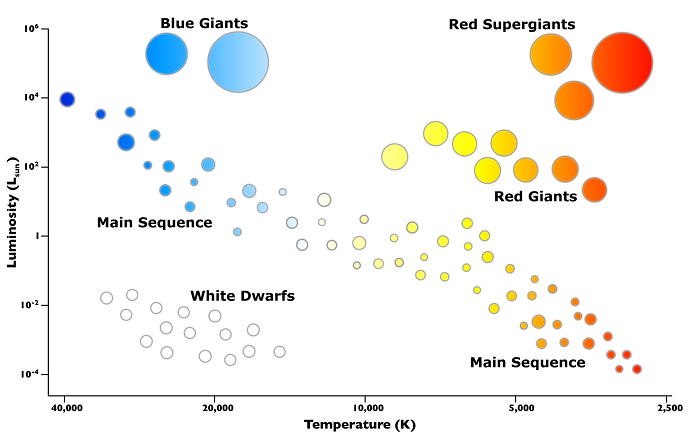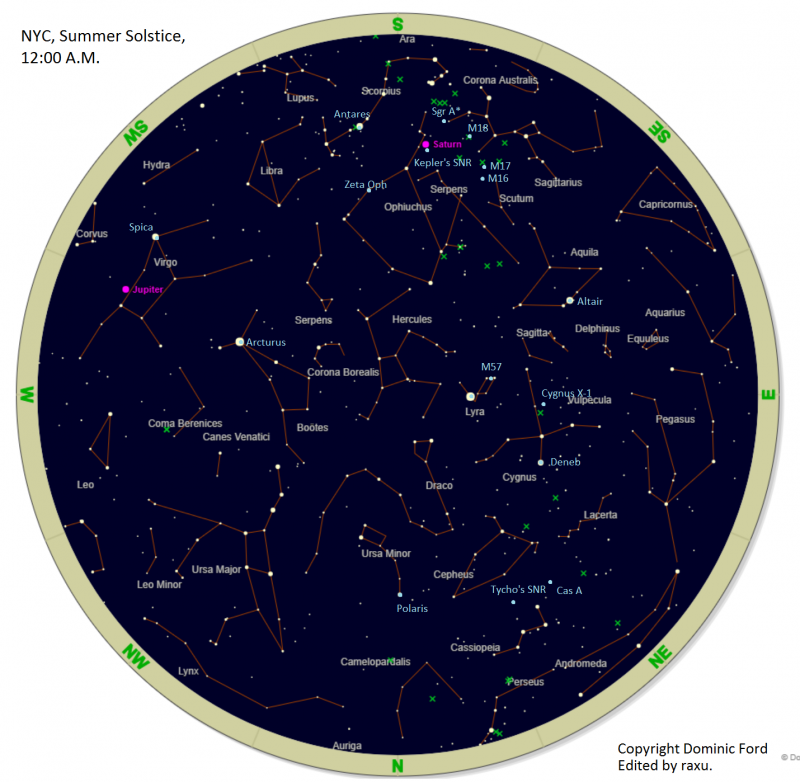Well, now, you wanna know about astronomy, huh? Well, let me tell ya, it’s a big, big world out there, and we’re just a tiny speck in the grand scheme of things. Stars, planets, galaxies – they all got their own little life stories, just like folks in the village. They grow, change, and sometimes even die off, but that’s how it goes. So, sit tight and I’ll tell ya a thing or two ’bout astronomy science, or as them young folks call it, Scioly.

What’s Astronomy Anyway?
Astronomy, darlin’, is the study of the stars, the planets, and everything else up there in the sky. Y’see, the stars ain’t just twinkling things you see on a clear night, no. They’s all burning hot balls of gas, and they’ve got stories too. From the day they’re born, to the day they burn out, it’s all part of what they call ‘stellar evolution.’ That’s a fancy term for how stars live their lives, get old, and sometimes explode or just fizzle out, kind of like how people get old and pass on.
Different Kinds of Stars
Now, you’ve probably heard of a few kinds of stars, like Red Giants or White Dwarfs. Well, they ain’t all the same. They go through different stages, just like how we all grow up and change over time. Let me break it down for ya:

- Brown Dwarfs: Now, these ones ain’t exactly stars, but they sure try to be. They can’t quite get hot enough to start burning up like a real star, but they’re still a little ball of gas floating out there in the dark.
- Red Giants: These big ol’ stars used to be small, but as they get older, they puff up real big, all red and swollen, kind of like a balloon just before it pops.
- White Dwarfs: These here are the leftovers. When a big star burns out, what’s left is a small, dense little star that’s about the size of Earth, but it weighs a whole lot more. It’s kind of like a raisin if you squish a whole bunch of grapes together.
- Cepheid Variables: These stars are like the moody folks in the village. They get brighter and dimmer all the time, in a regular way, like clockwork.
- Supernova Remnants: A supernova is when a star explodes. It’s a big ol’ mess and leaves behind a lot of stuff floating around in space, kinda like the aftermath of a big storm.
The Life of a Star
Well now, let me tell ya how these stars go through life. It starts off simple, with a big ol’ cloud of gas and dust – that’s where stars are born. When this cloud gets pulled together by gravity, it starts to get real hot in the middle, and before long, it starts burning up and shines like a big ol’ lightbulb. That’s the start of a star’s life.
But stars don’t stay young forever. Over time, they burn through their fuel, and that’s when they start changing. Some get real big, others burn out faster and end up as small, hot little things. It’s all about how much gas they had to start with. Big stars don’t last too long, but the small ones, they stick around for ages.
Galaxies and Their Secrets

Stars don’t just float around in space by themselves, no sir. They belong to something much bigger called galaxies. A galaxy is a whole big family of stars, dust, and gas all held together by gravity. There’s billions of them out there, all far away from each other, but they’re part of a big cosmic web.
The Milky Way, now that’s our galaxy. It’s got billions of stars in it, including our sun. And wouldn’t you know it, we’re just a tiny dot in the whole thing. Ain’t that something?
The Big Bang and What Came After
Now, I don’t know about you, but I’ve always been curious about how all this came to be. Well, they say everything started with something called the Big Bang. It wasn’t really a bang like you’d think, more like a big ol’ expansion that pushed everything out from a tiny little spot. And from that little spot, everything we see now started to spread out, grow, and form stars and galaxies. Ain’t that some crazy stuff?

Getting to Know Space: Resources and Tools
Now, I know you’re probably wondering how to get into all this space stuff. Well, for starters, there’s a good ol’ website called that’s full of resources for those folks out there studying astronomy. They’ve got all kinds of good stuff, from the basics to the fancy science-y terms and charts. You can use it for your Scioly projects too, if that’s your thing.
And if you want to really dive deep into the stars and galaxies, you might wanna check out the best colleges for astronomy and astrophysics. These schools are where all the smart young folks go to figure out what’s going on out there in space. They teach all about the stars, the planets, and how everything fits together in the universe. Some of the top schools even got folks working on studying faraway galaxies and black holes, which is about as mysterious as it gets.
Why Study Astronomy?

Well, if you ask me, there’s something mighty fascinating about staring up at the stars and knowing there’s so much out there we still don’t understand. Learning about astronomy, whether you’re doing it for a school project or just out of curiosity, helps you understand how small we are in the grand scheme of things. It makes you appreciate the world a little more. And who knows, maybe someday you’ll be the one to make a big discovery that’ll change everything!
So, go on now, take a good look at the sky tonight. See if you can pick out some constellations, or maybe spot a planet. It’s all out there, waiting for you to learn about it.
Tags:[Astronomy, Science, Stars, Stellar Evolution, Galaxies, Scioly, Space Exploration, Space Education, Astronomy Projects, Science Resources]














